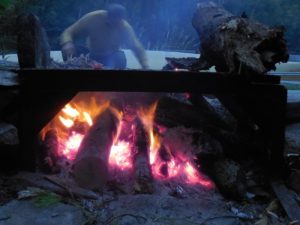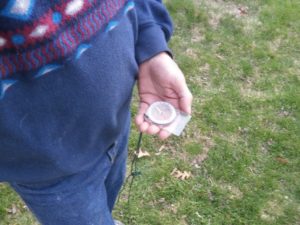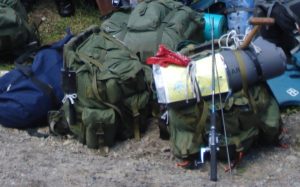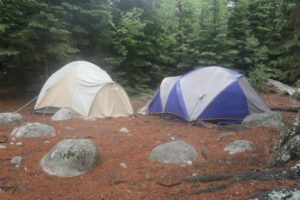Explore the skills you need to prepare for your Boundary Water trip.
Fires

First off, always use caution when you start a fire in the wilderness. You are surrounded by fuel. Remember big fires start small. In dry weather, even without restrictions, it is a good idea to forgo a fire and do all you’re cooking on a camp stove.
A campfire is nice in the wilderness. In some cases (hypothermia) it can be a life saver. The atmosphere that it creates is warm and comforting. But use common sense when you build a fire. The wilderness is not the place for bonfires. Keep it small and manageable. The bigger the fire, the greater the potential is for windblown embers.
Your fire needs to be attended at all times. Before you leave check the fire pit to assure the fire is out.
Click below to learn more about Fires.
Fires
Meal

Planning your meals is just that, planning. You want to carry enough food to sustain yourself and your group for the duration of your
trip. You do not want to go hungry. On the flip side, you do not want to carry more food than you will need. Everyone’s appetite is different. Consider that you may be burning more calories per day than you are used to and your appetite will increase.
Click below to learn more about meals.
Finding your way around
.
The ability to navigate is a must. I am a proponent of the traditional map and compass method. On the map locate islands, peninsulas, escarpments, campsites, and portages. As you travel you will learn to keep your head up and look for these landmarks and be more aware of your surroundings, location, and weather conditions. When you navigate electronically you have a tendency to watch your device.
.Click below to learn more about Navigation.
Packing your bag

Packs are important in that they are needed to store your gear compactly and securely and provide protection from physical damage and water. They must also allow you to carry them in reasonable comfort over the portages. Packs come in a variety of styles. Some are more suited than others when it comes to canoe tripping.
The number of packs you carry will be dependent on what kind of packs you are using and how you configure them. Many trippers carry only one large canoe pack with the camp gear and personal gear packed together. These packs can get quite heavy. Others prefer multiple lighter packs. We generally place three packs to a canoe. Two personal packs and one camp pack. These packs will weigh 30 to 40 pounds. The food bag may be in a camp pack or separate for easy storage later. If separate you may opt for a bear proof food container. In addition you may want to bring a small pack to carry essential items you may need throughout the day negating the need to dig in your main pack. I also carry a small pack with my fishing rod (telescoping) and tackle.
Click below to learn more about Packing your Bag.
Shelter
Look for tent pads that are set back and sheltered. Use the available spots if at all possible; do not hack out a new area for your tent. Pick a spot with the fewest rocks and roots and check overhead for widow makers. Widow makers are dead trees or branches that have the potential to fall, or those that have already fallen and are leaning against another tree. A strong wind may bring them down.
When it comes time to pound in your stakes, don’t be surprised if they don’t go in. You can put a stake or a stick sideways through the tent loop and weight down the ends with rocks. Most tents will be fine without all the stakes in.

